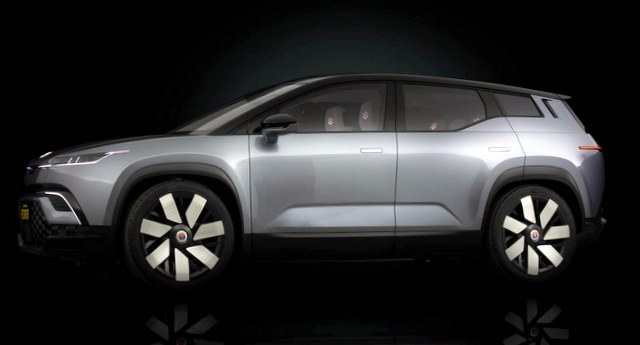A video interview with some excerpts.
Henrik Fisker has designed the BMW Z8, Aston Martin DB9, Fisker Karma and many more iconic cars. He’s now set the target even higher: to create the World’s Most Sustainable Vehicle.
History in the Car Design Business
I love designing cars, I would do it even if I didn’t get paid for it–I would still be sketching cars in my spare time. It feels like my calling.
Sustainable Vehicles
Over the past 10 years, I’ve been inspired by people trying to create a better environment and I wanted to do something myself, on a bigger level. So I decided to create sustainable vehicles that are still beautiful, still desirable.

Sustainable vehicles will be there one day, but it will not happen over night–this industry is like an oil tanker that needs seven-to-10 years to take a dramatic turn. Part of the reason for this is that the lifetime of a new automotive platform, with all the development, crash testing, investment…is about seven years. Scrapping that after two years doesn’t make financial sense.
So we’ll see dramatic changes over the next seven years, but even then, we’ll need more time to ultimately manufacture truly sustainable cars.
But we cannot sit around and wait, just because they’re not perfect yet, and go drive diesel cars again. That’s what we are trying to do at Fisker Inc.
Aerodynamics
One key advantage of having an electric car is the flat floor [note: which helps to smoothen the flow underneath the car]. The roof shape was also tuned to help aerodynamics. And the lower front and rear end were also optimized to make sure the air goes around and leaves the vehicle without too much turbulence. Over the years, as a designer, I’ve learned what things you need to do to optimize this.

But honestly, the goal was not just to design the most aerodynamic car, because then it just ends up looking like most other very aerodynamic cars, which ultimately is a hatchback-style teardrop shape.
Range

The range argument is really only happening right now because we still feel there is a long distance between charging stations and we’re not sure if we’ll get there [range anxiety] and have time to fill up the car with electricity.
In my view, over the next three-four years, we will see a dramatic increase in charging infrastructure in the US, Europe and China. We’ll also get much better at assessing how long we need to stay at a charging station and, in the future we will not necessarily have to wait there for hours. Once people get used to all this, the total range will become irrelevant.
Scale
If all-electric car manufacturers/manufacturers that make electric cars today were using the same battery cell, set of modular electric motors, you would already have scale. The only way to get scale is to partner up and create some sort of consortium. That is what we are working on, and that is how we’ll get our price down.
Video Interview by Wouter Remmerie; photos from Fisker Inc.
Related Stories You Might Enjoy–Fisker’s Electric Cars
News: Fisker Ocean EV Debuts
News: Fisker Emotion EV Introduced

1 thought on “Interview: Henrik Fisker Talks About the World’s Most Sustainable Vehicle”